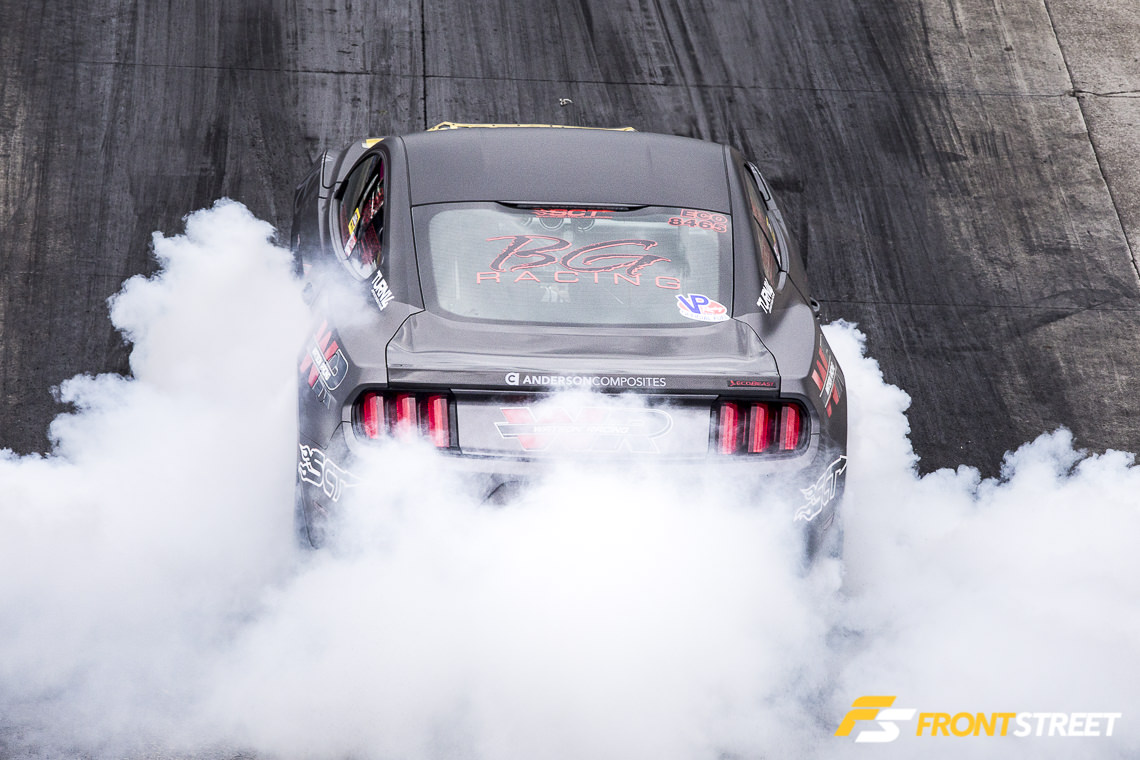
When Ford Motor Company made the decision to build small-displacement, forced-induction engines a few years ago – and give them the name EcoBoost – it was widely thought of in the automotive industry as a move to help the company boost its Corporate Average Fuel Economy. In other words, their plan was to use these smaller-displacement engines to pump up the company’s average with respect to the measurement the US government uses to determine whether an automotive company is doing its due diligence and taking care of the planet through reduced use of fossil fuels.
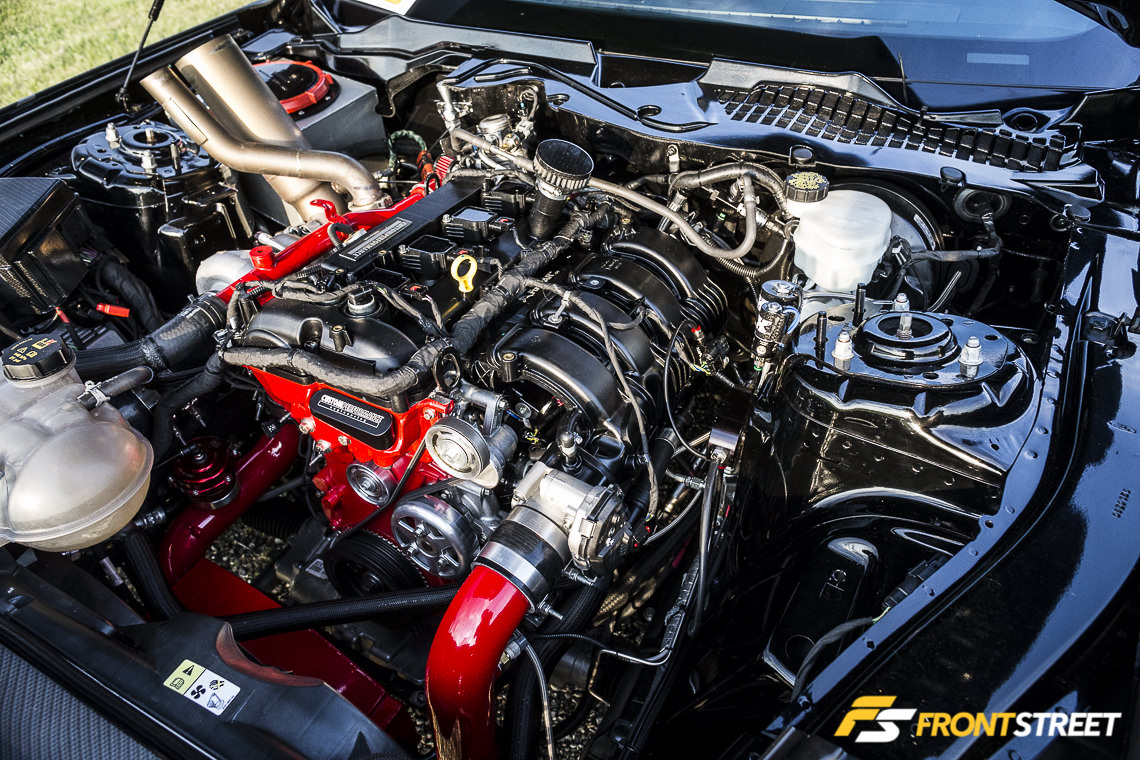
But in the performance automotive industry, there were some enthusiasts who looked at the move as a way to be at the forefront of development with a new engine platform. Once FoMoCo decided to put the EcoBoost 2.3-liter turbocharged platform into the newly-revamped 2015 S550-platform Mustang, many racers started salivating, wondering how the new engine would perform in the ponycar.
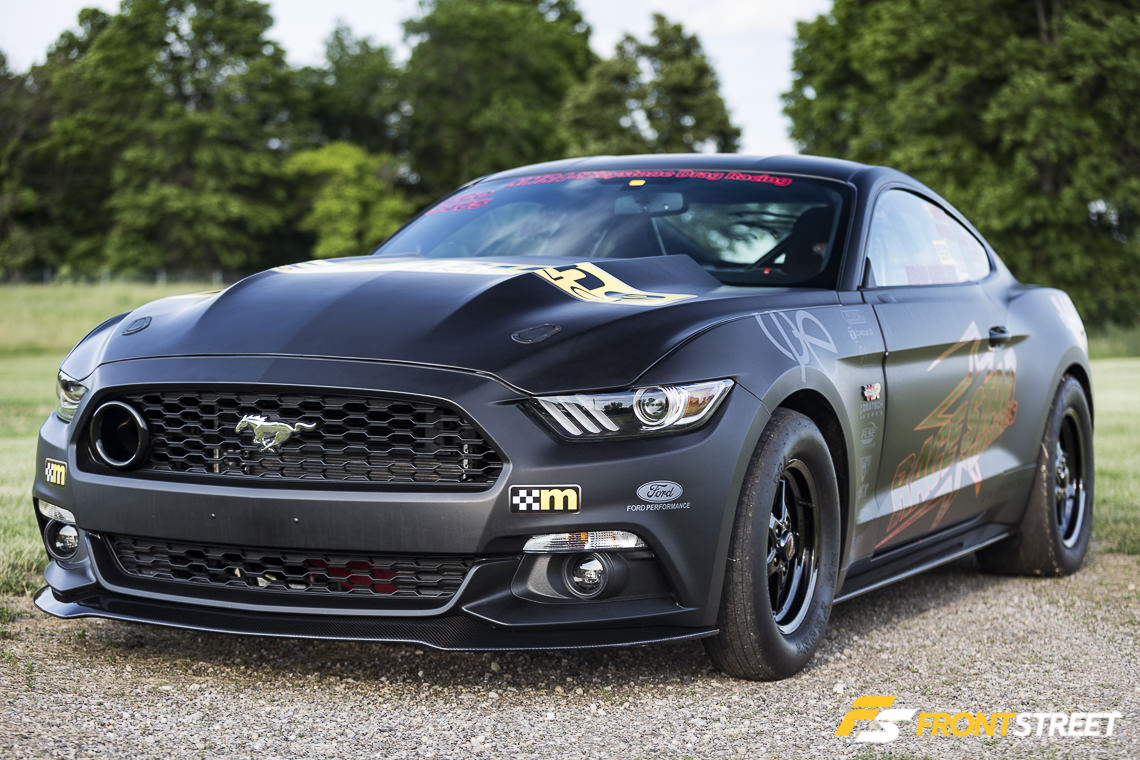
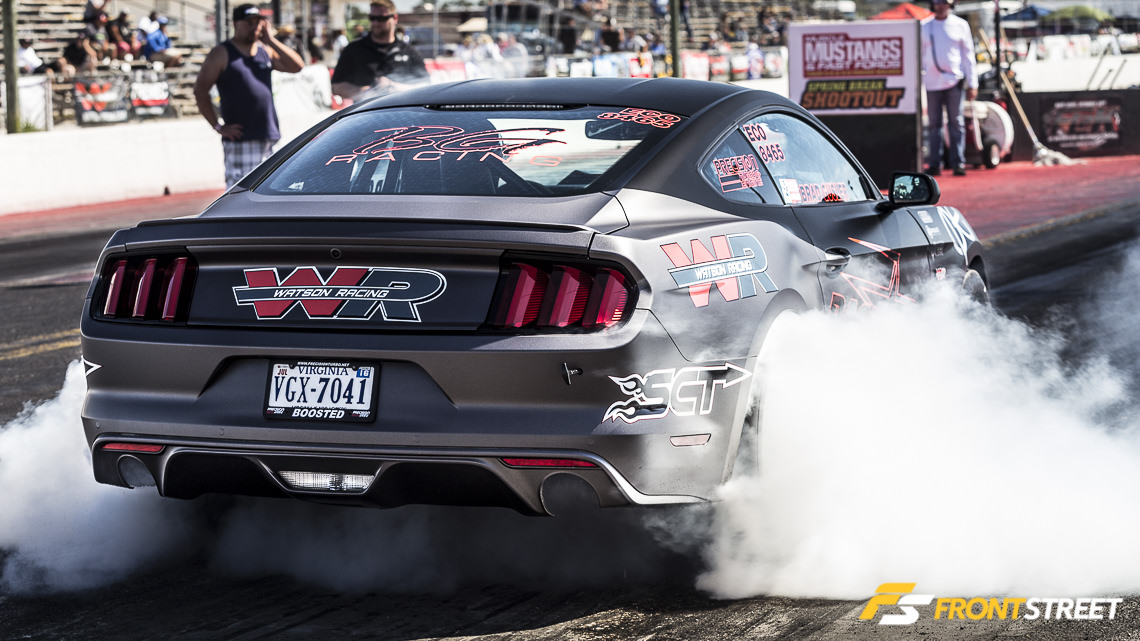
The performance of the long-departed turbocharged SVO Mustang was still fresh in the minds of many Mustang enthusiasts, and the EcoBoost Mustang was well-received – especially by Big Island, Virginia’s Brad Gusler, proprietor of BG Racing. Gusler, who has become one of the respected authorities on the performance of Ford’s second-gen Lightning platform, was looking to expand his expertise level and the EcoBoost Mustang came along at just the right time. He and his wife Nina – an accomplished racer in her own right with an NMRA Truck & Lightning championship in her daily-driver Lightning – made the decision to gravitate to the EcoBoost Mustang, and haven’t looked back.
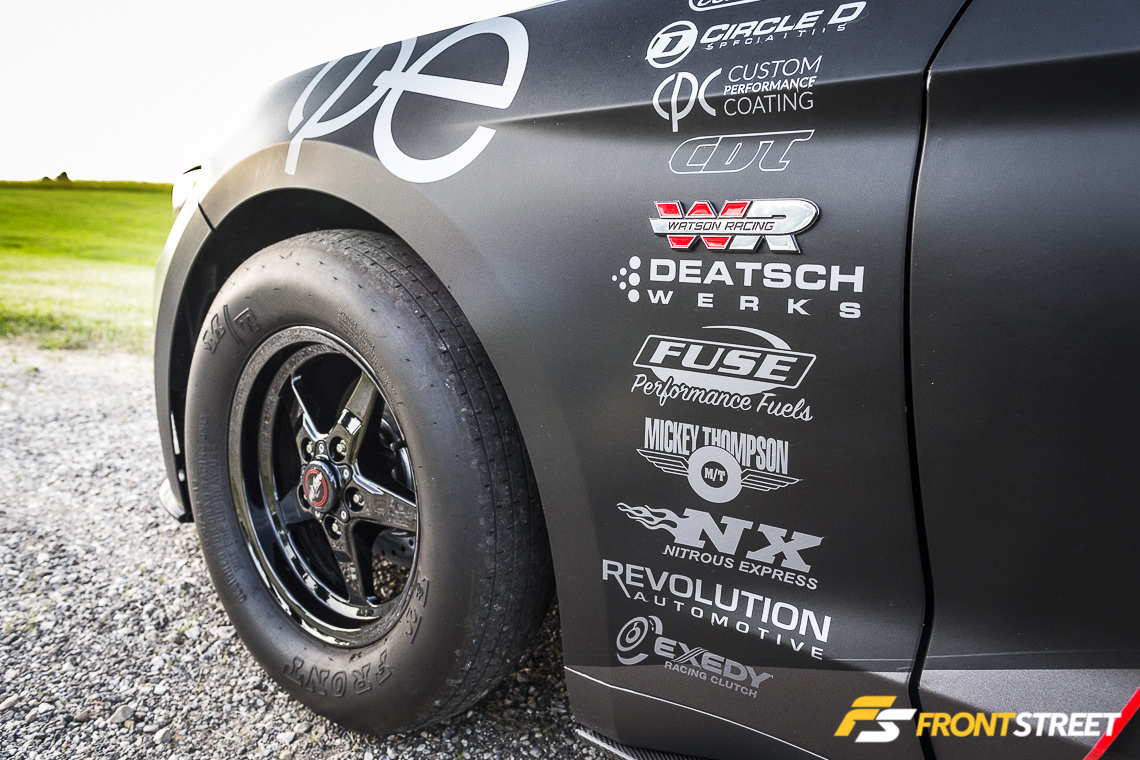
“The guys at SCT Performance got me started; they mentioned the idea to me and said they thought this would be the platform of the future. No sooner than I pulled the trigger and started working with Watson Racing to have the chassis built, that’s when Ford announced that the GT Supercar would be coming with the EcoBoost, and there would be an EcoBoost in the Raptor pickup truck,” says Gusler.
But we digress. Gusler has been so incredibly successful with his 2015 EcoBoost Mustang, thanks to the help of numerous companies who have jumped on board to help with product development and support as the EcoBoost platform has taken hold. He’s coaxed the little engine that could into the 9-second zone in the quarter-mile – an amazing feat, yet he feels there’s far more on tap as the team sorts out the new engine.
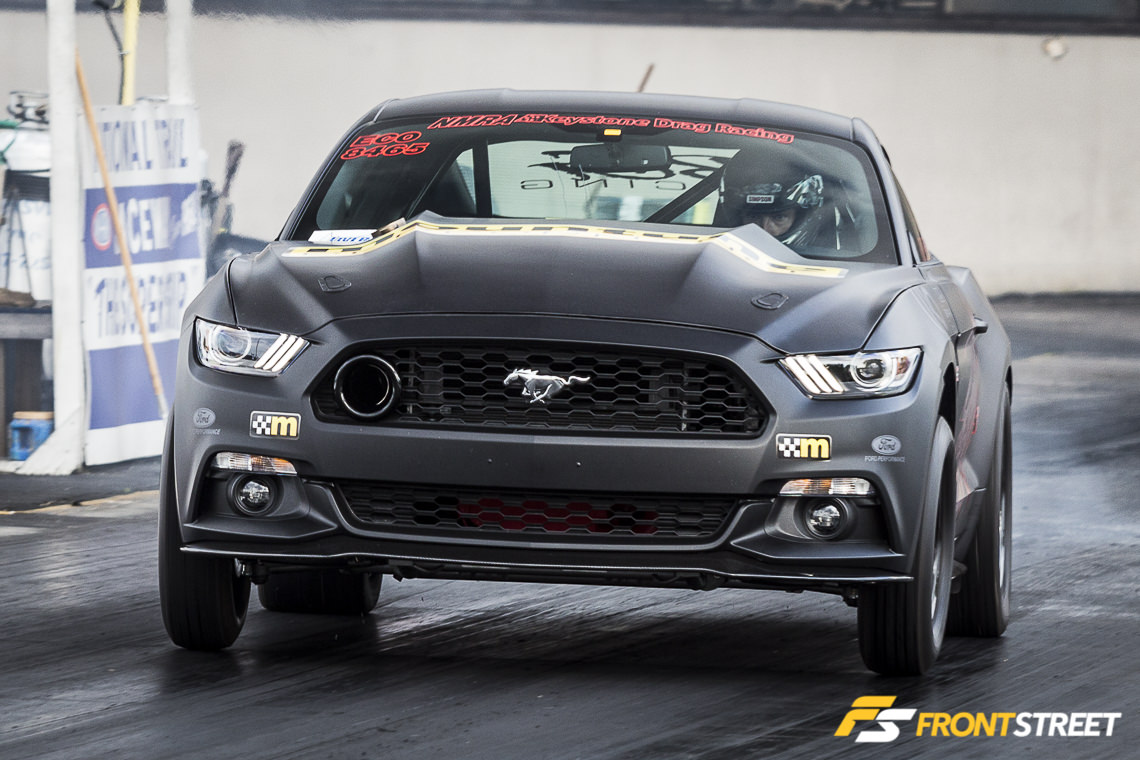
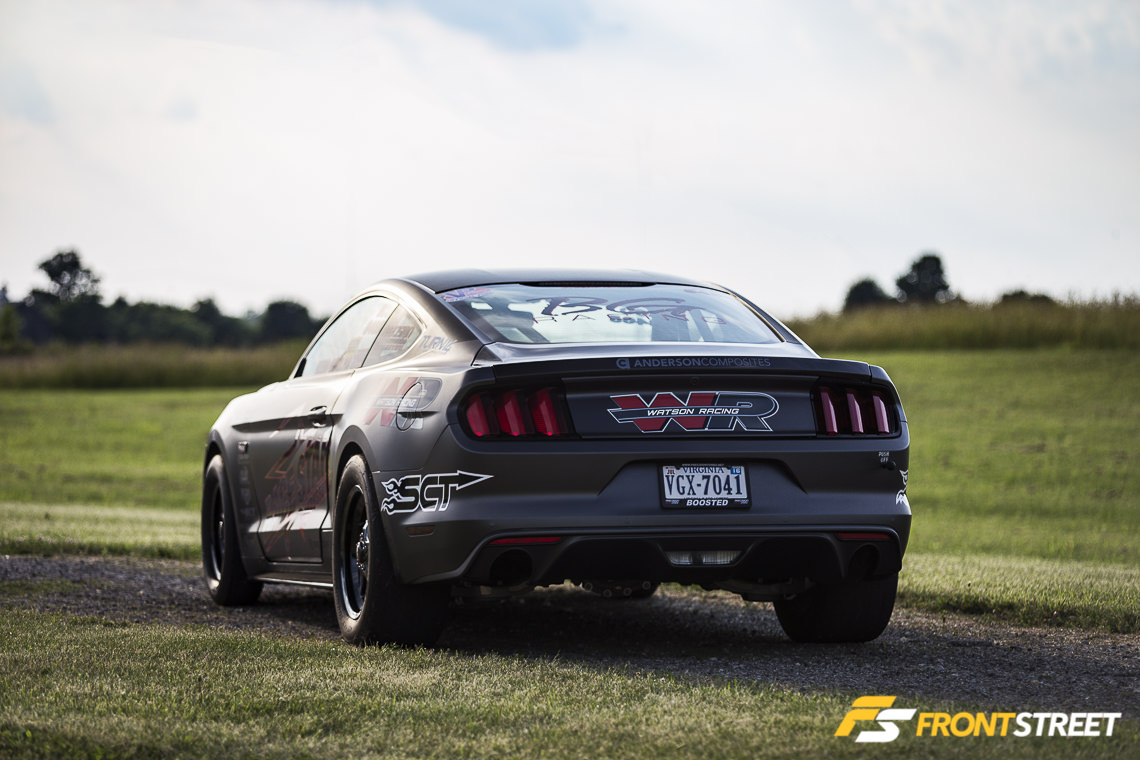
“I didn’t feel like there was anything I could do with a Coyote-powered Mustang that hadn’t already been done. I couldn’t do a single or twin-turbo or a Roush blower on one and do something different; there’s always going to be another shop out there that’s doing it or already done it. There was nothing really new about the 5.0-liter in the 2015 Mustang except for a few little details. I wanted to be at the forefront of development with this new chassis, and I thought the EcoBoost was the right platform. I was the first guy to go 10s and the first guy to go 9s, and hopefully will be the first guy to go 8s with one of these,” he says.
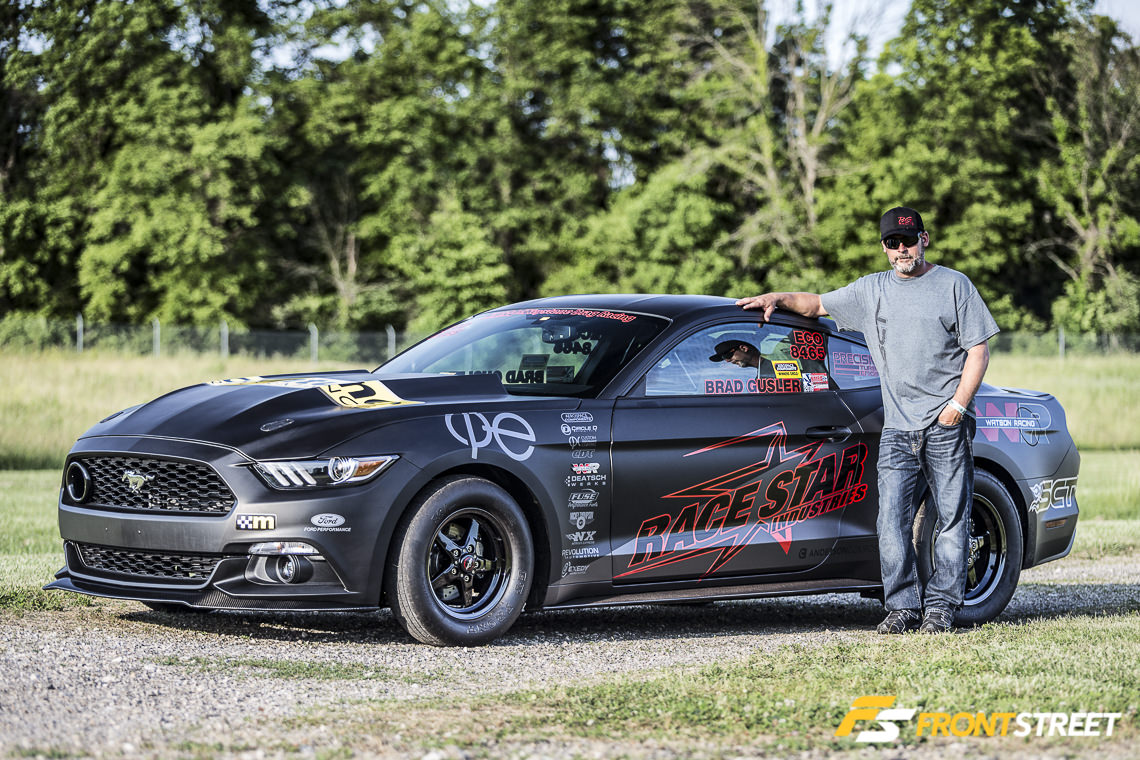
He just recently carded the very first EcoBoost Mustang 9-second elapsed time during a regular test-and-tune night at Capitol Raceway in Maryland, stopping the clocks with a 9.99 ET and a soft 131 mph top speed.
The combination is deceptively simple. Josh Adams at Custom Performance Engineering has been hard at work creating the latest and great products for this direct-injection engine platform. Adams, who gained a great deal of experience working with the four-cylinder direct-injection engine in the Mazdaspeed3, has transferred that expertise into the EcoBoost program for Gusler.
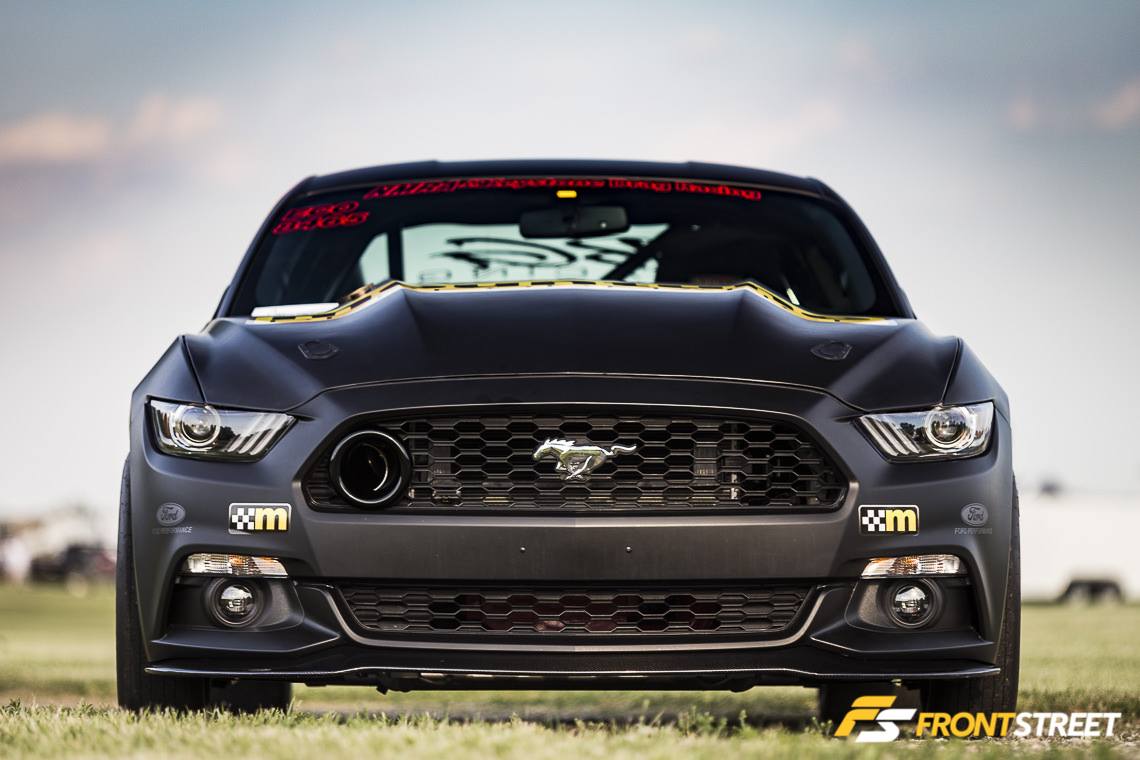
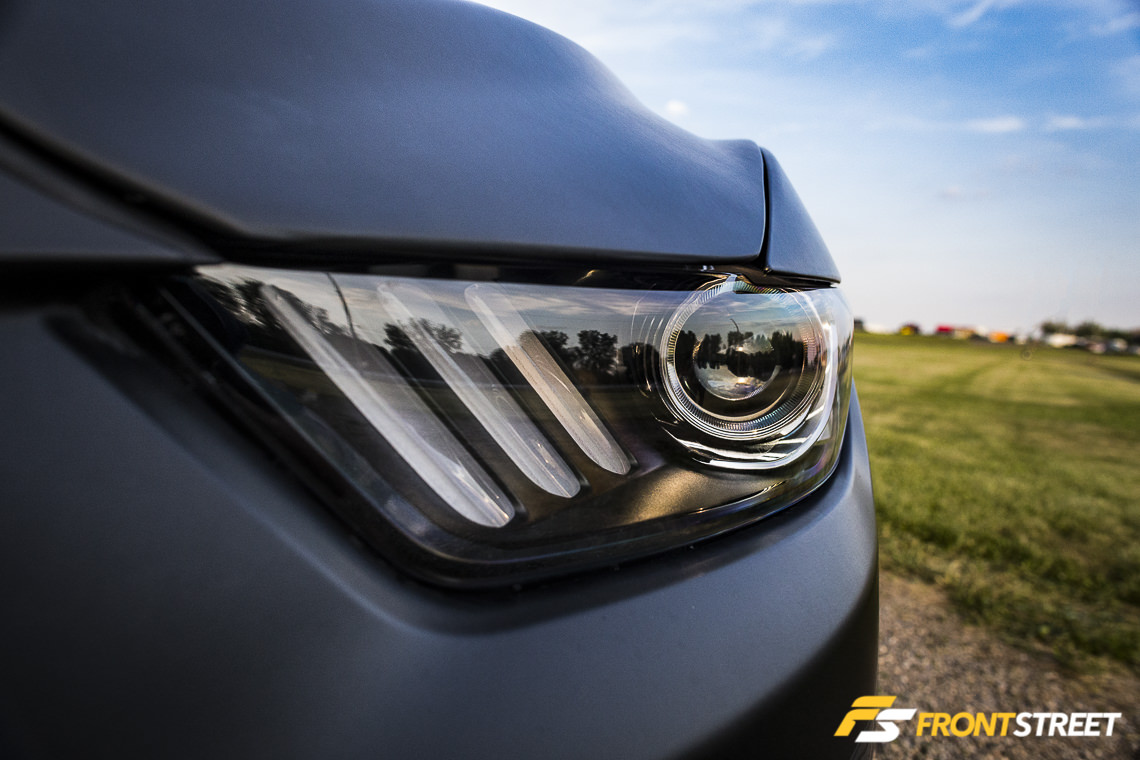
Using a Stage 2 Custom Performance Engineering-built shortblock, the engine displaces the factory 2.3-liters. Internal modifications have been made in the name of longevity, although the engine still relies on the Ford-sourced engine block and crankshaft. Manley Performance connecting rods and pistons are onboard to complete the bottom end.

Photo Courtesy Headgames Motorworks
Meanwhile, David Localio at Headgames Motorworks has been hard at work developing an EcoBoost cylinder head program.
“We have about two years of development into this program – our lengthiest yet! It has just about worn our flow bench out. When we got the opportunity to get this hard work on Brad’s car, we knew it was going to be a great fit, and with the right people on the bus, we were able to set the record,” says Localio.
The cylinder head has been completely ported on the intake side, with pocket porting on the exhaust side. Localio, using the experience he’s gained over the years working with several top-tier sport compact teams, made the decision to reshape and polish the combustion chambers to improve the performance of the engine under boost. Headgames’ own bronze guides come from GSC Power-Division, valves are from Ferrea, while the custom camshaft and spring package were developed by Mountune.
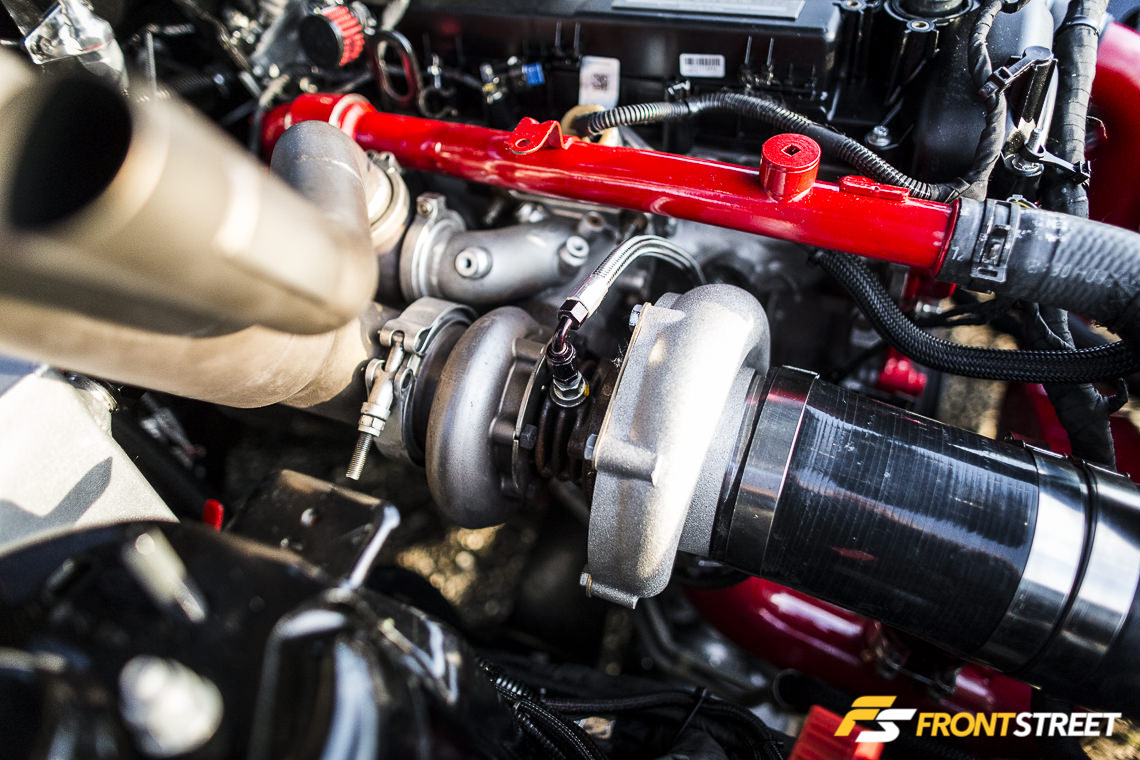
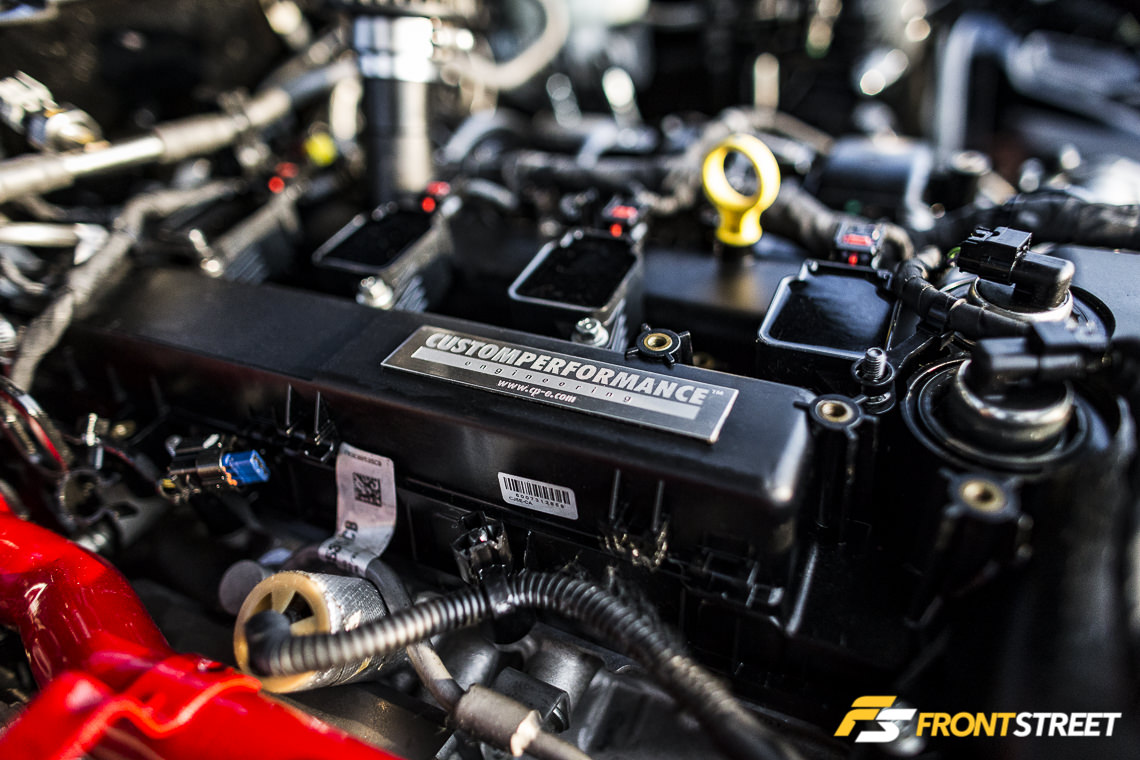
The hood-exit turbo system, which drives the Precision 62 mm turbocharger to produce 30 pounds of boost pressure, has also been fabricated by the team at Custom Performance Engineering, while the fuel system relies on a combination of Aeromotive and DeatschWerks components, with four DeatschWerks 95 lb-hr injectors in the rail and a set of the company’s HDEV1700 drop-in GDI injectors in the factory location. There is a small nitrous system onboard from Nitrous Express, although it has not been used to achieve the record-setting elapsed times.
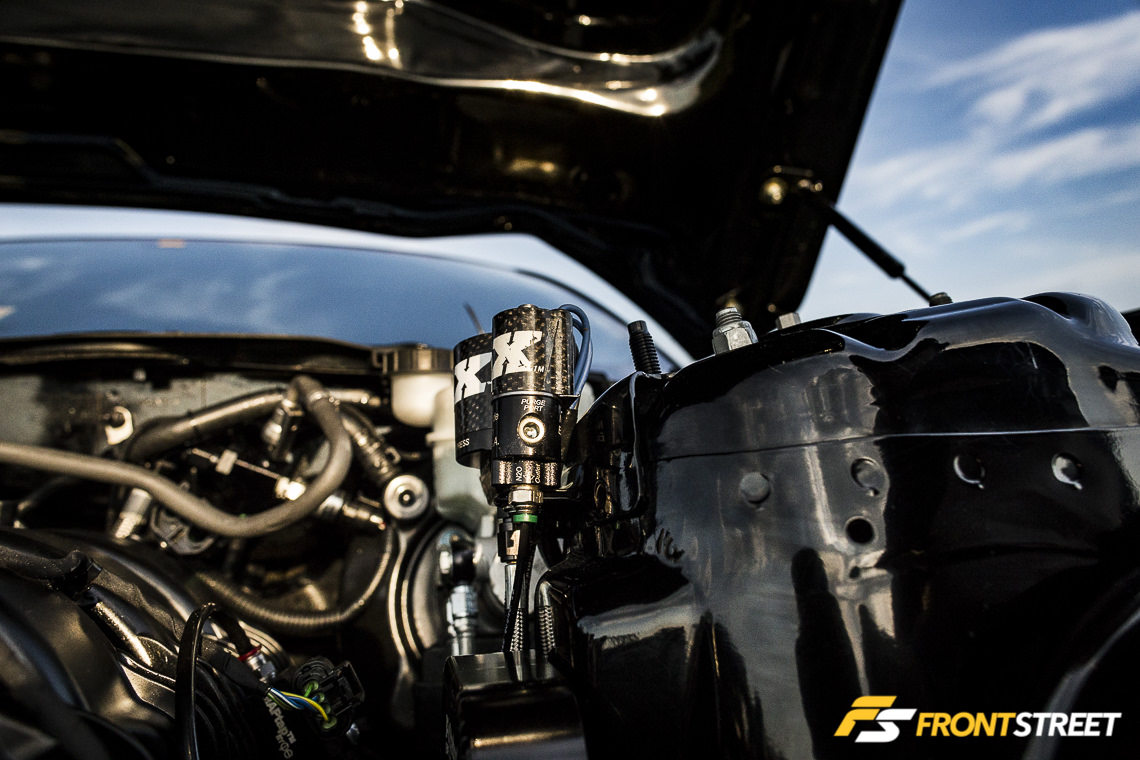
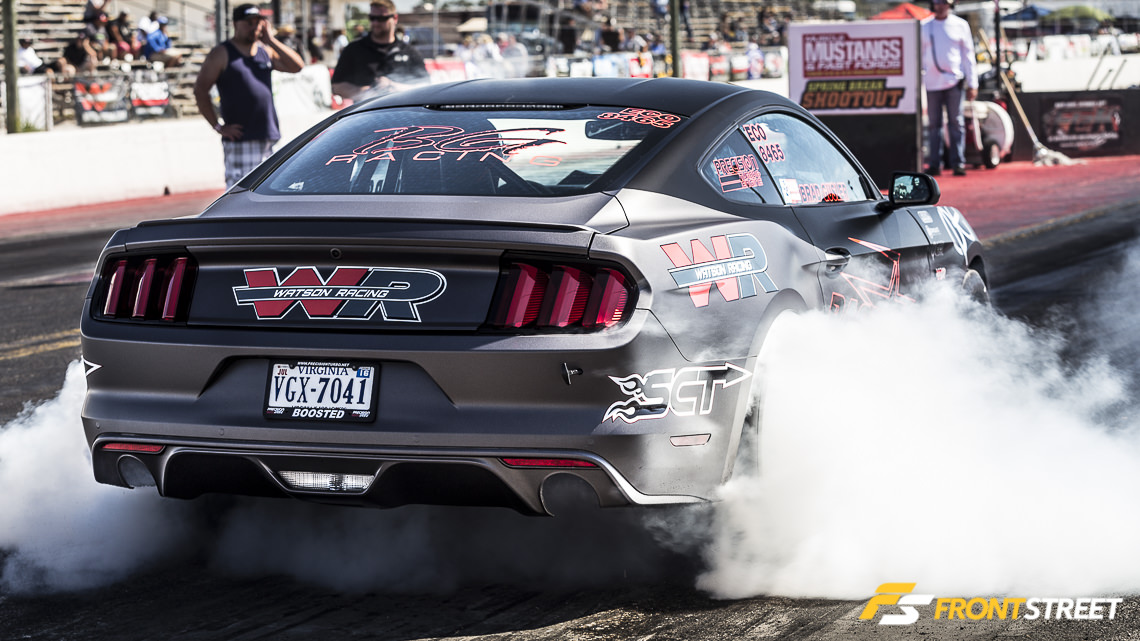
As there has been no development on intake manifolds for the 2.3-liter EcoBoost engine as of this writing, Gusler is still reliant upon the factory Ford composite manifold, although it hasn’t proven to be a hindrance at this point. Also stock: the ignition system and EFI, although the latter has been tuned up by calibrator Adam Browne at Revolution Automotive in Baltimore. Browne has spent many hours dialing in the combination to give Gusler the confidence he needs when launching to 1.39 60-foot times.
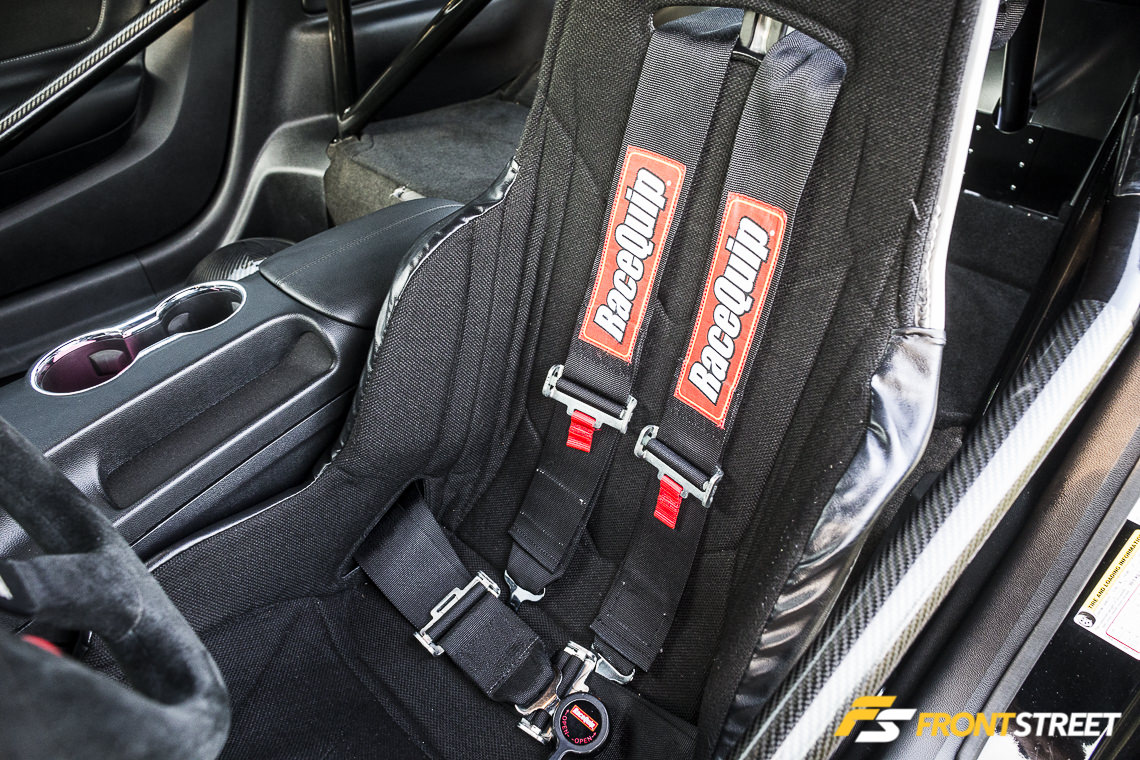
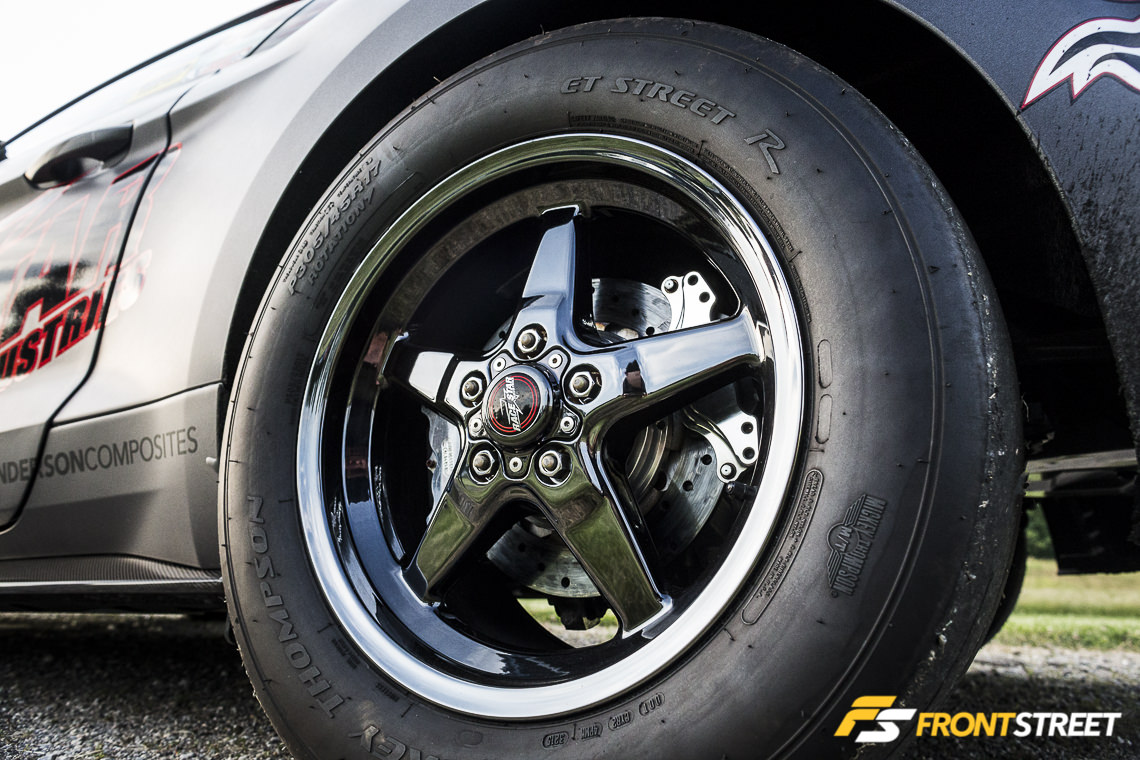
Even more impressive, Gusler is still launching the car off the footbrake, making it a serious challenge to build boost properly on the starting line without pushing through the beams. To that end, he has a set of dual-caliper Aerospace Components rear brakes, along with the company’s front brake kit, to help keep the car under control on the line. They are working on developing a transbrake for this application, but the development isn’t finished, and until it is he’ll keep standing on the brakes.
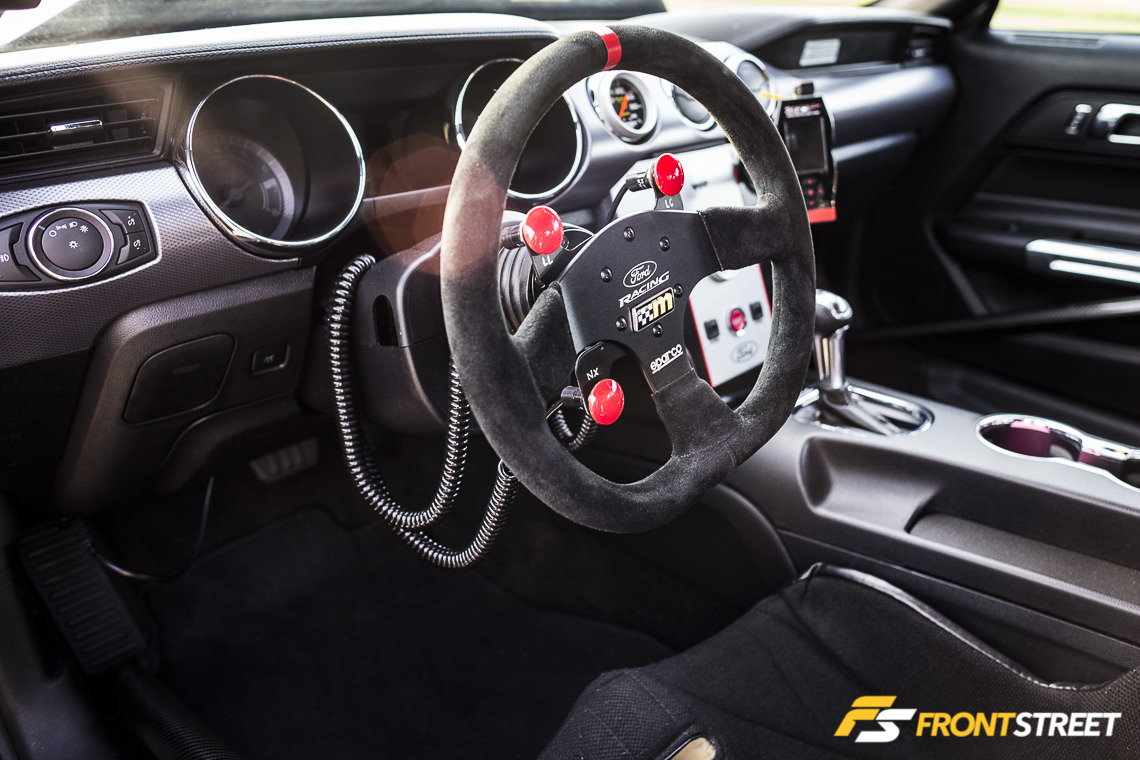
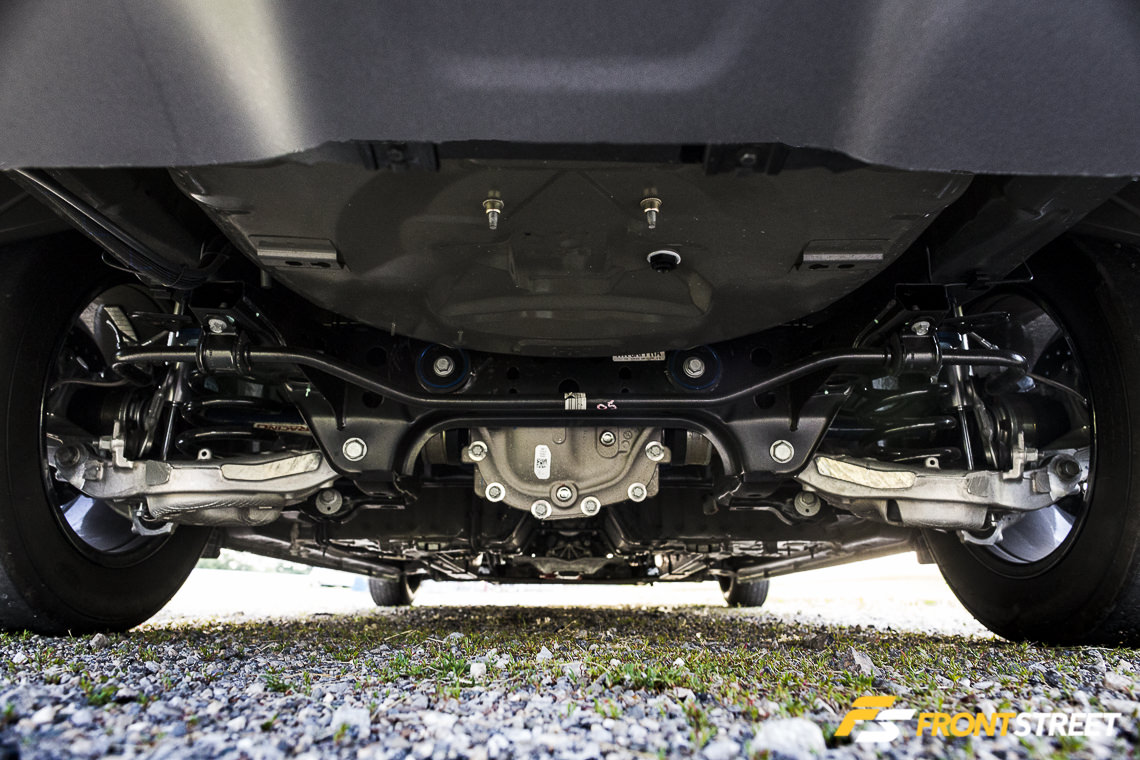
The driveline consists of standard-fare S550 Mustang componentry, led by the Circle D Transmissions-built 6R80 slushbox and one of the company’s multi-disc torque converters inside the bellhousing. Strange Engineering drag shocks and struts help to keep the suspension under control. The Torsen differential is from Ford Racing; FR differential bushings and halfshafts transfer the power through the wheels from major sponsor Race Star and tires from Mickey Thompson.
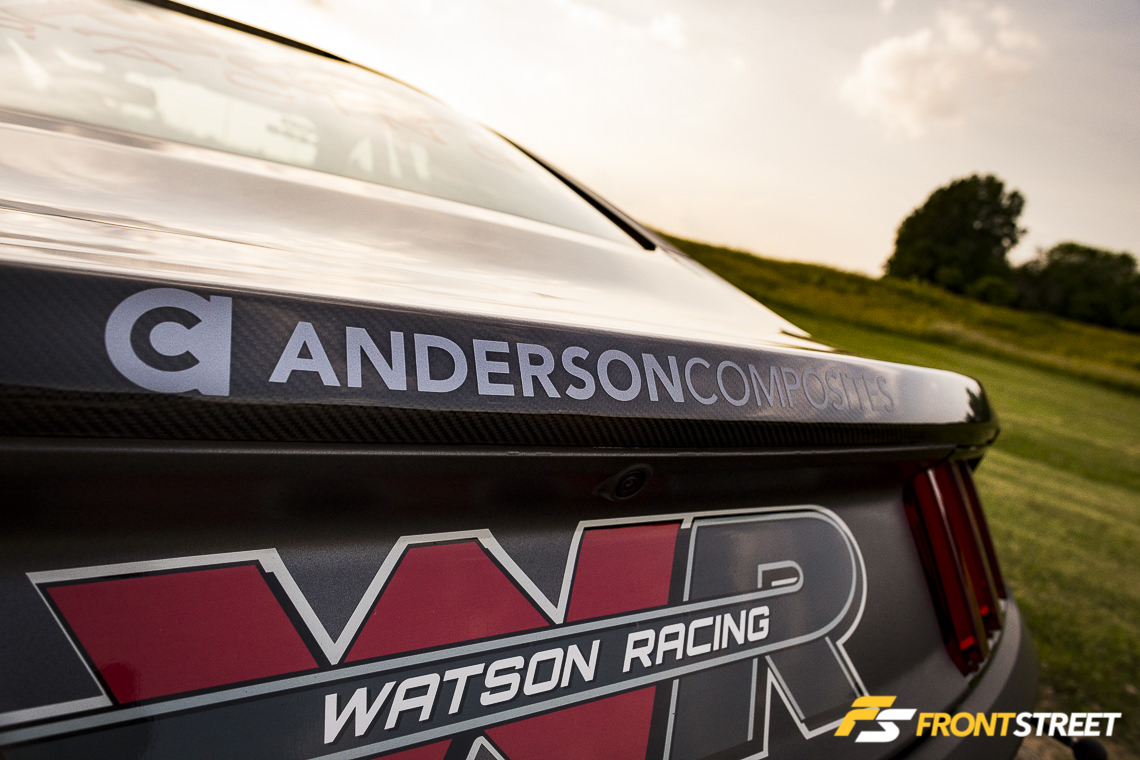
Although the class where the car is raced – the EcoBoost Shootout in the NMRA – has a strict weight requirement of 3,400 pounds, Gusler made the smart decision to lighten up the Mustang’s body with several carbon-fiber components, including the hood and decklid, from Anderson Composites. This way he can place weight where it’s necessary to improve on-track performance.
The desire to keep pushing the limits has Gusler looking to expand BG Racing’s EcoBoost knowledge base.

“I’m excited about the new Raptor! I want to get my hands on one of these to see what we can do with it. I’ll always have a passion for the Lightning, and if they ever come out with a third-generation model I’ll be all over it as soon as I can get my hands on one. But the Raptor is the next-closest thing. While I’m not into four-wheel-drive trucks, that’s the platform Ford is using for the 3.5-liter. It’s a fun truck and I think we can make a lot of power with that platform,” he says.
Regardless of where the EcoBoost engine concept ends up, one thing is for certain; Brad Gusler, BG Racing, and all of their team partners have one bad hot rod.
